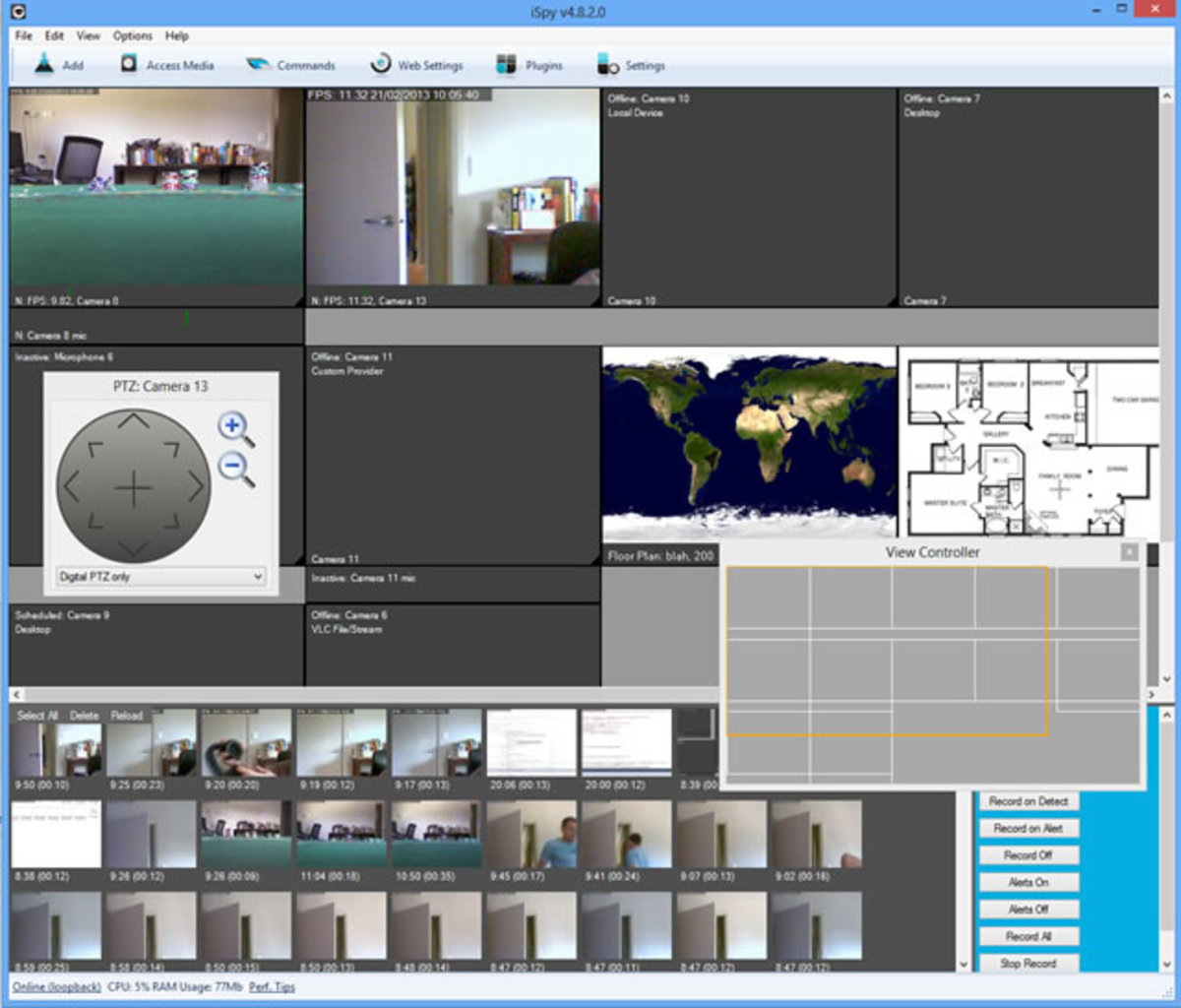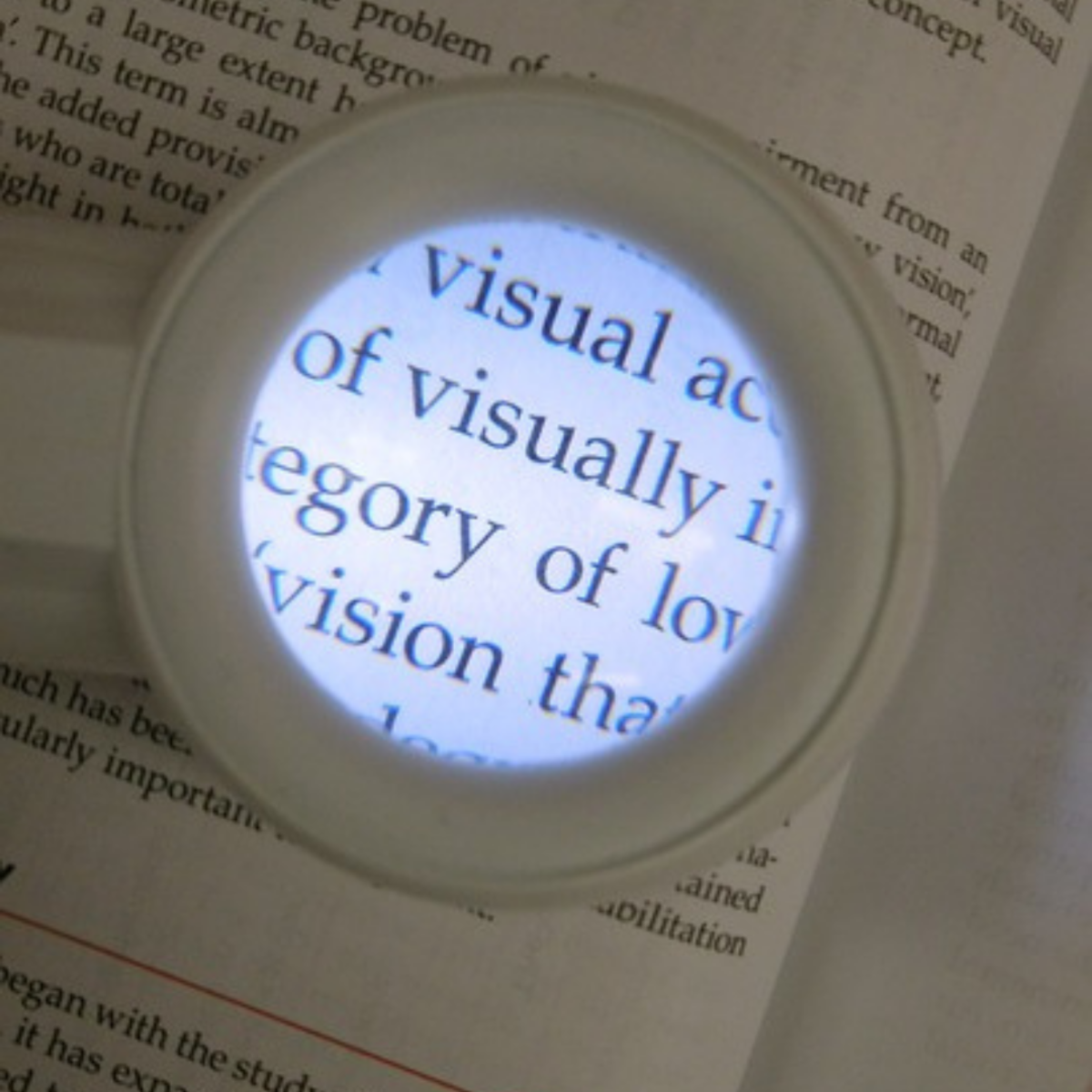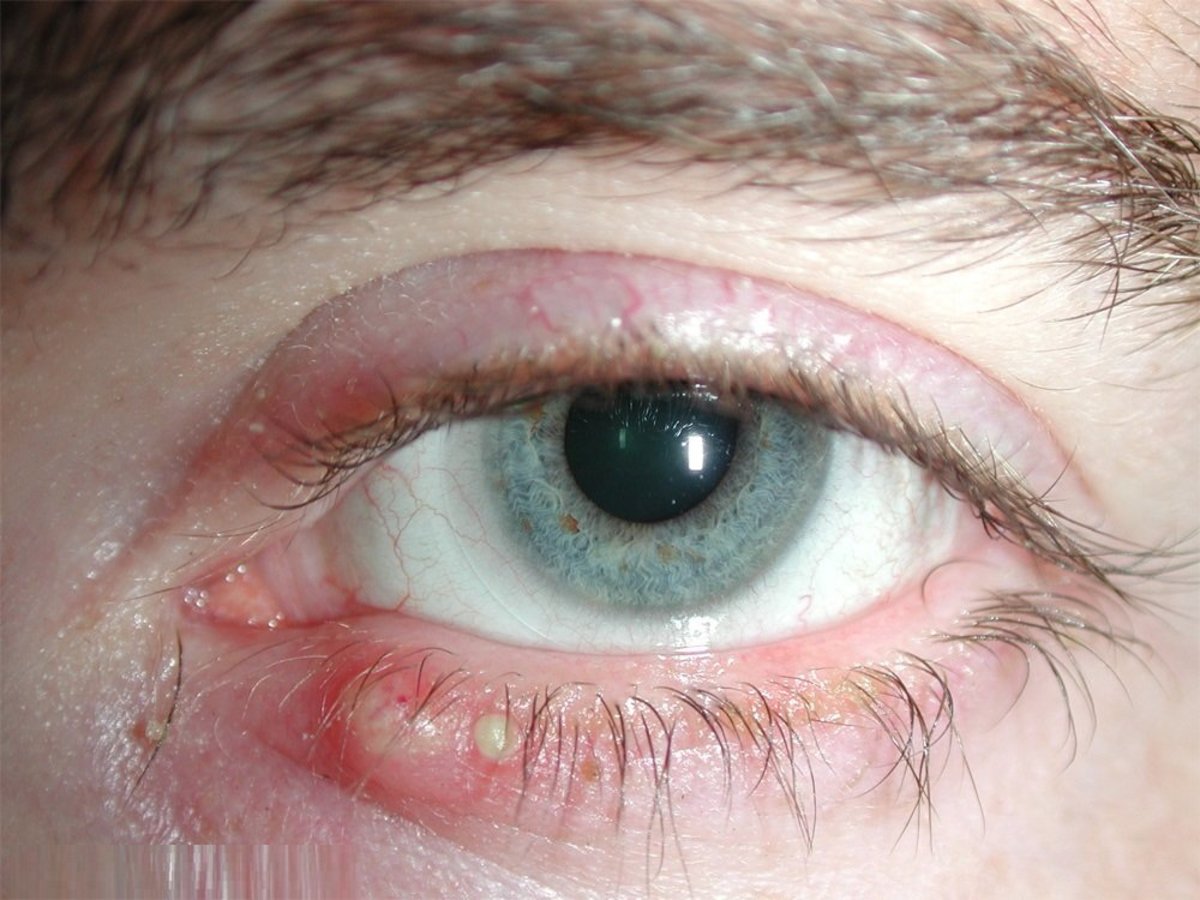- HubPages»
- Technology»
- Computers & Software»
- Computer Software
How to Avoid Eye Strain With Free Apps - Mac and Windows

In today's hi-tech world we are spending many hours staring at different types of screens. We spend many hours working with computers, laptops, iPads and watch television to unwind after a long day. In this scenario, it is important to know how to avoid eye strain and take better care of our eyes. Again technology can also provide us with the solution. We can install break reminder applications on our computers.
It is estimated that up to 125 million American employees are suffering from computer eyestrain. Eyestrain and other vision problems can occur in as many as nine out of ten people using video display terminals at work.
According to Sharon Kleyne, Founder of Bio Logic Aqua Research: The best ways to prevent computer eye strain, is to educate yourself about the condition and be aggressively proactive in protecting yourself. Nearly all eye care experts agree on the importance of education and proactive protection.'
Causes for Eye Strain and Fatigue
First point to remember is that our eyes are designed to constantly change its focus to look for danger or to find food. When we focus on three-dimensional objects that have texture and depth the eyes constantly change their focus. Working with computers requires the eyes to maintain a fixed focus eye alignment at 20 inches for long periods of time. This can cause eyes to become locked in this close range leading to near-sightedness or myopia. It also causes blurred vision, eye strain, headaches, sleepiness and overall fatigue. This habit also makes us blink less often and causes the disease called dry eye syndrome.
Do You Suffer From Eye Strain?
Tips on How to Avoid Eye Strain
It is by developing habits beneficial to the eyes that we can avoid many eye disorders and eye strain. Some of the things we can remember to do are:
- Look away from the screen and focus on a distant object 20 feet away from you.
- Take a deep breath once every few minutes.
- Follow the 20-20 rule. Change focus for 20 seconds after every 20 minutes of work.
- Palming: Press gently with your palms on your eyes and take three deep breaths. This will help oxygen flow into your eyes.
- Install a break reminder software on your computer. There are a few good ones for both Windows and Mac users.
FadeTop - Free & Fun Visual Break Reminder for Windows
Though I use an iMac to work on, I researched on a free app for Windows for a friend. This might be useful for users of Windows 2000 or later. It is called FadeTop, which at regular intervals fades the screen on your desktop into a bluish color, and displays current time.
FadeTop is designed to let a person develop of the habit of taking regular breaks and rest your eyes every 15 minutes and is recommended for heavy users.
FadeTop runs in the system tray as icon near the time at the bottom.
At minute 0, 15, 30 and 45 of each hour, the fader gets activated. If the program hasn't been running for at least 15 minutes, it won't become active. When activated, FadeTop fades the desktop into a bluish color, and the program icon changes to a light blue from grey colour.
You can download the free software from their website: www.fadetop.com
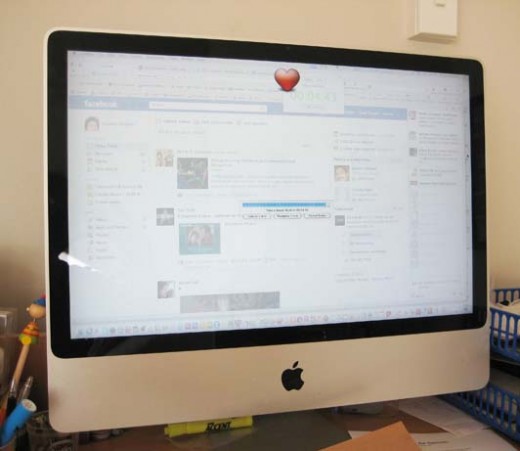
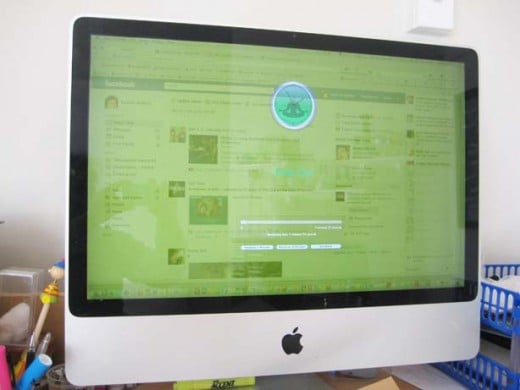
Two Free Apps for Macs
There are two break reminder apps that I have found useful. They are free and can be downloaded from the Mac App Store:
BeHealthy 2.1.0 Free
BeHealthy is a utility that helps avoid eye-related problems when working at a computer for several hours. It helps avoid eye strain and reminds you to take regular breaks and focus on distant objects. The icon sits on the menubar and can be turned off and on according to ones need.
You can set the timer to Work from 0-2 hours and set the break between 0-1hour. The progress bar appears to show how much time is left for the break to finish.
It immediately stops you from continuing your work. However, if you cannot take a break right at that moment you have three options – Extend 1minute, Postpone 1 minute and Cancel Break.
It can be installed on a Mac OS X 10.6 or later, and needs a 64-bit processor.
Time Out Free 1.6.4.
The Time Out Free helps to avoid overstrain of the body and eyes. The default setting is normal break for 10 minutes every 50 minutes and Micro breaks for 10secs for every 10 minutes. However, the breaks can be customized to suit individual needs.
Time Out Free gives a warning message 'Time out due now...' and gradually starts fading the screen to the colour of your choice. You can continue working for a few seconds before the progress bar comes up to show how many minutes is the break. Again there are three options for postponing by 1 minute, 5 minutes or to skip the break. In the current version can also change the number of minutes for the postpone button.
The Time Out Free app has more options in its Preferences and settings. You can configure the Normal breaks and Micro break separately and also have different colours for the fade out to distinguish the breaks.
Time Out Free can be installed in Mac OS X 10.5.0 or later and is 10.7.3 compatible.
Take Action Now
It is never too late to take action to change our habits to gain better control over ourselves. We can begin with small steps. Maybe develop one habit at a time such as remembering to focus on a distant object every few minutes. Standing up at every chance and walking around.
What we do today will have its effects in the next few months. So go for it and have healthy eyes in spite of working long hours in front of your computer.
About the Author
Sushma Webber writes content for both web and print media. She is interested in creating a balance in life between the physical, emotional, mental and spiritual aspects. She is interested in mindful awareness practices, Zen practices and translating these in daily life at work in front of the computer and during various activities of her life.
Healthy Computing Information
- New Research on Computer Eye Strain and Dry Eye - Get Educated on Apple iTunes and World Talk Radio
For more on eye strain and Sharon Kleyne, Founder of Bio Logic Aqua Research, Internet Radio Talk Show host, and Nature's Tears, EyeMist Inventor, Interviews Leading Experts about Computer Eye Strain and Dry Eye.

